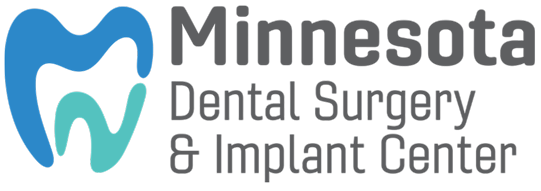Bloomington, MN
Ozone Surgical Disinfection
Advanced Healing & Infection Control for Dental Procedures
At Minnesota Dental Surgery and Implant Center, we use cutting-edge ozone surgical disinfection to enhance healing, reduce infection risks, and improve treatment outcomes. This natural, non-invasive therapy harnesses the power of medical-grade ozone (O₃) to eliminate harmful bacteria and promote faster recovery after dental procedures.
If you’re undergoing dental implants, extractions, or other oral surgeries, ozone therapy can help ensure a clean, bacteria-free healing environment, reducing complications and accelerating tissue regeneration.
What Is Ozone Surgical Disinfection?

Benefits of Ozone Surgical Disinfection
- Kills Harmful Bacteria & Pathogens – Provides a sterilized surgical site. Enhances
- Healing & Tissue Regeneration – Speeds up recovery time. Reduces Post-Surgical
- Infections – Minimizes complications after treatment.
- 100% Natural & Non-Toxic – Uses oxygen-based therapy, no harsh chemicals.
- Safe for All Patients – Ideal for those with sensitive immune systems or allergies.

How Is Ozone Used in Oral Surgery?
We apply ozone therapy in multiple ways to disinfect surgical sites and improve healing:
- Before & After Surgery – Ensures a bacteria-free environment.
- During Implant Placement – Prevents infection at the implant site.
- For Gum & Bone Health – Reduces inflammation and promotes tissue regeneration.
If you’re undergoing a dental procedure, ozone surgical disinfection can significantly improve your treatment success and healing process.

Call Our Office for a Free Consultation!
At Minnesota Dental Surgery and Implant Center, we are committed to using the latest biological and minimally invasive techniques to improve patient outcomes. Experience the benefits of ozone surgical disinfection for a safer, faster-healing dental procedure.
Call us today to schedule your FREE consultation and learn how ozone therapy can enhance your treatment!
